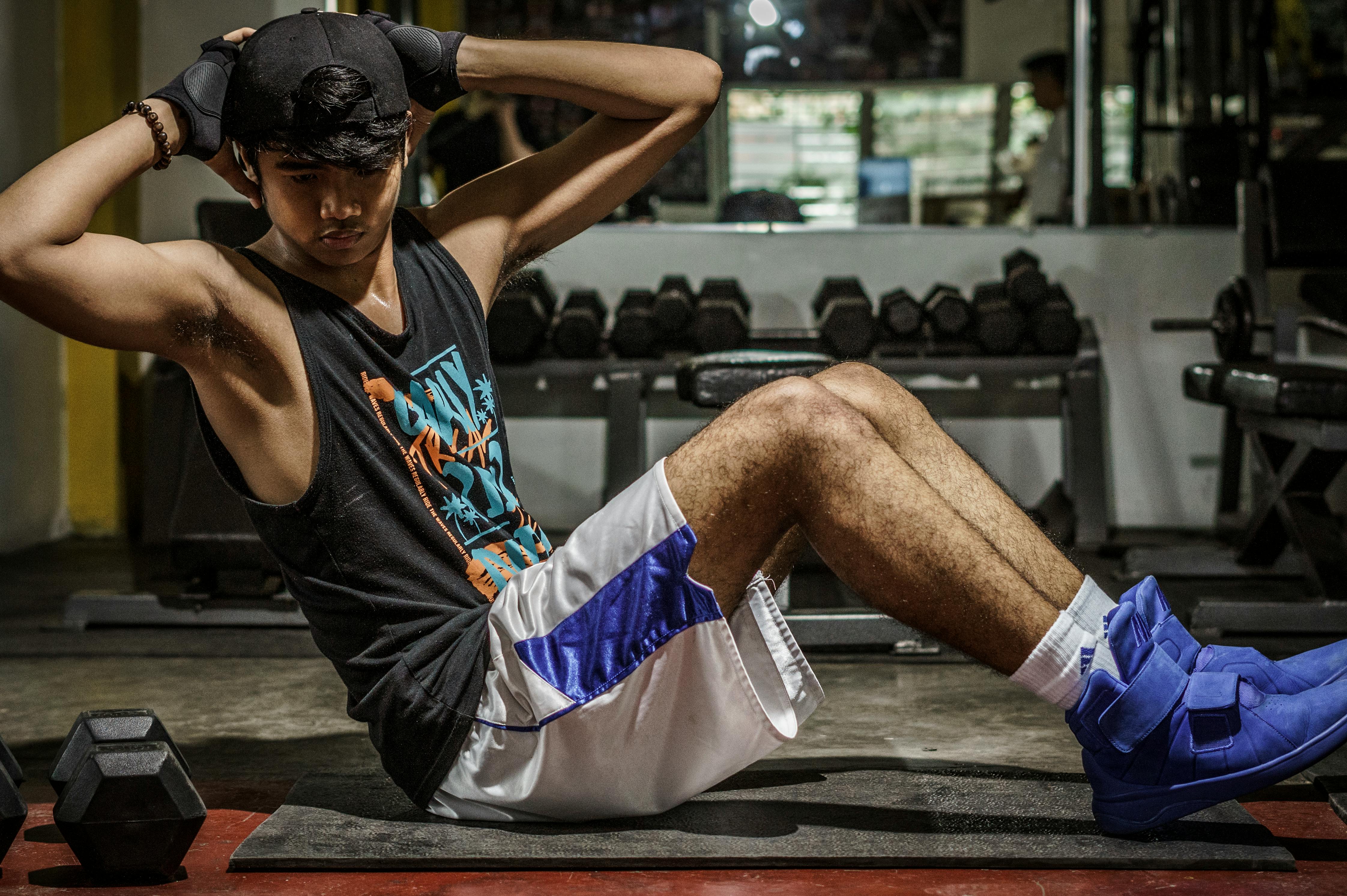If you have recently been diagnosed with reactive hypoglycemia or idiopathic postprandial syndrome, you are probably just like I was when I was first diagnosed. I was confused, exhausted and had no idea what to do because the doctors did almost nothing for me or to help me! Don’t worry though, there is hope and you can have a good life again!
When I was first diagnosed with idiopathic FDS, just after hours of researching my symptoms and suggesting idiopathic FDS to doctors, I was struggling with all sorts of symptoms for weeks! It was scary and miserable to say the least! I knew there was a connection between what I was eating and my symptoms!
I would go to the ER frequently only to be told, “You’re okay.” My symptoms included tachycardia (fast resting heart rate), panic attacks, tremors, dizziness, icy hands and feet, and utter confusion! However, because I did not have “low glucose” as defined by the medical community, I was not diagnosed with reactive hypoglycemia.
The doctors checked everything on me! My heart, my brain, my pituitary, my thyroid… you name it, it was checked. I would literally go to the ER one day, be released the next, and then admitted later the same day. Then, after being in and out of the hospital for six long days, they just said, “You can go.” Hey?
Yeah! She was free to go! Free to go home and go through all the hell I went through before? Do not believe it! This time he was going to do things differently. I was going to dive in and find out what foods I could and couldn’t eat, when to eat, and how to beat this thing! I already had a suspicion that my problem was reactive hypoglycemia or idiopathic postprandial syndrome based on the research I had done online (the diagnosis was finally given… well, somehow).
Since I did not have demonstrably low glucose levels, some people in the doctor’s office gave me the soft diagnosis of idiopathic postprandial syndrome. (I think they were embarrassed!) Basically, I have the same symptoms of reactive hypoglycemia without actually having low glucose. So knowing this, I would have thought my endocrinologist would help me with my diet. Say oh! Is not difficult!
So, there I was, back on the net, reading studies and diets and trying to put it all together myself. Little did I know that the journey was not over! I had to completely redo my diet and practically do clinical trials on myself! Constantly trying to find the right amounts of food to eat, what kinds of foods to eat, and when to eat them. I personally found that a diet high in fiber, protein, some fat, and very few carbs worked for me, but it was very accurate. Since I exercised, I had to account for it in my diet and provide the proper nutrition needed to support my training.
The diet consisted of eating every 2 to 2.5 hours. My daily diet would be something like this: breakfast, a quarter cup of buttered oatmeal and a tablespoon of coconut oil in the morning, 3 egg whites and a serving of cottage cheese. 2 hours later, a whey protein shake with a tablespoon of peanut butter. 2 hours later for lunch, 6 ounces of steak, a quarter buttered sweet potato, and a cheese stick. 2 hours of that for an afternoon snack, an Atkins bar. Then if I was working out (1 hour weight lifting workout) I would take 2 glucose tablets right before my workout and 2 during my workout. After my workout, I would immediately have a sugar-free whey protein shake, and 1-1.5 hours after my shake, I would have a steak and spinach salad with some blueberries and feta. To top off the day, I would usually have another whey protein shake.
Today I am pretty much back to normal, although I do have little episodes here and there and I am constantly learning new things about my condition and how to treat it with diet. If you are looking to improve and control reactive hypoglycemia o Idiopathic Postprandial Syndrome, it starts with the diet! Choose to eat better! Be determined and hope to feel better again soon!
